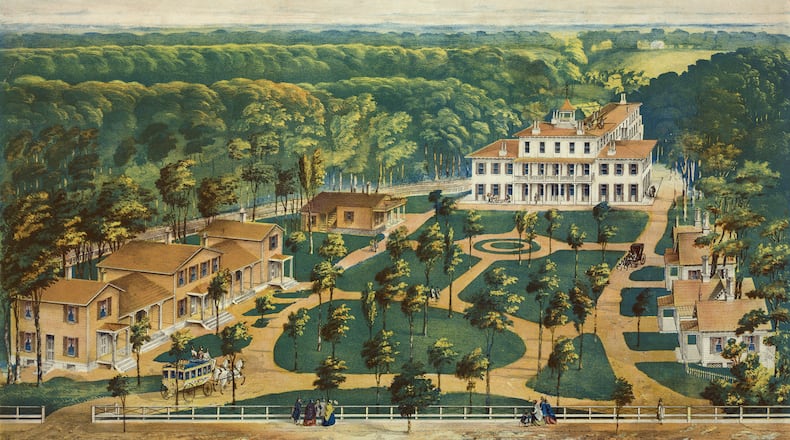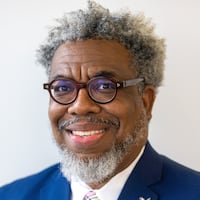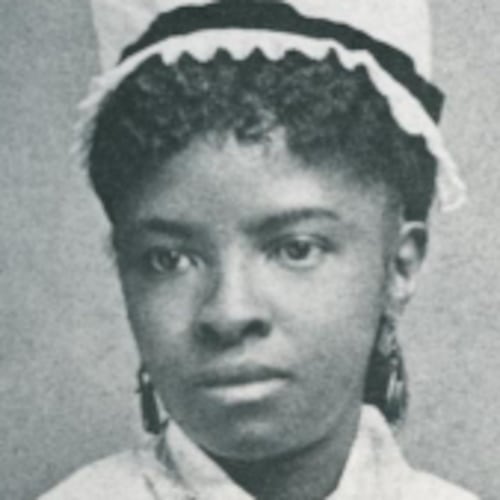The first historically black colleges were founded in the North, although 90 percent of HBCUs eventually were located in the South.
But black schools were forbidden in the South before the Civil War. It was not until 1865, the end of the war, that HBCUs began appearing in Southern states.
And suddenly they were cropping up all over the region. Twenty-two schools, including Morehouse College, Clark College and Atlanta University, opened in the South between 1865 and 1869. Spelman College and Morris Brown College followed in 1881.
It may come as a surprise, but in 2018 not all HBCUs are majority-black. Take our HBCU history quiz and test your knowledge.
For more on the history—and the future—of HBCUs, read the AJC series "HBCUs: A Threatened Heritage."
About the Author
The Latest
Featured



